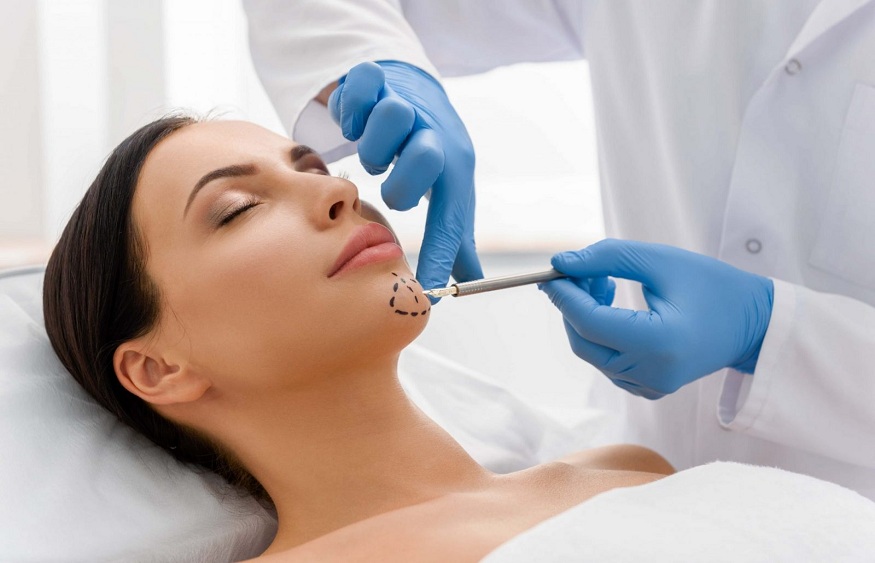Today, plastic surgery is part of our daily lives. We see many celebrities who do not hesitate to go under the knife to meet the standards of society . But since when do we practice cosmetic surgery and since when does the profession of plastic surgeon exist? A look back at the origins and evolution of this practice.
Plastic surgery in antiquity
It was already practiced in antiquity by the Egyptians and the Indians. In Ancient Egypt , some Egyptian women had their ears glued back on during their lifetime, as evidenced by some mummies dating from around 400 BC. This civilization was also already modifying the noses of some individuals. The incisions were then sewn up with thread made from the tendons and intestines of animals . The Egyptiansalso used other animal products such as honey, then used as an antiseptic. In India, around 2500 BC, people were already reconstructing severed noses. The amputation of the nose was then a punishment for criminals or unfaithful women.Plastic surgery in ancient Egypt – CulteaThe Egyptians and Indians were not the only ancient civilizations to modify bodies. In the 2nd century AD, an obese Babylonian , Rabbi Eleazar , had his stomach cut open in order to remove fat from the abdomen: this was the first liposuction. From the 1st century, operations to correct the eyelids and breasts were also carried out in the Byzantine population. Paul of Aegina , a Greek physician, described in his texts the technique used at the court of Constantinople . Our society has not invented anything, since the first civilizations, surgery was used to treat, but also to beautify.
The Renaissance and practice facing the Church
It was during the Renaissance that the practice began to become institutionalized in Europe . At the time, we mainly repaired certain harelips, not without prejudice. Indeed, in the Middle Ages , the Church took a very dim view of the modifications and manipulations of human beings, since it was considered that what God created should satisfy men.
Illustration of Gaspare Tagliacozzi’s treatise
In the 16th century, Gaspare Tagliacozzi , a scientist from the University of Bologna, devised a new technique for nose grafting which he called “Italian-style” grafting to help individuals mutilated during wars and duels. However, the Church accused him of interfering with the work of the Creator. The doctor defended himself by stating that he was doing this to help the morale of the patients. He wrote what is considered to be the first treatise on cosmetic surgery in history. However, when he died in 1599, the doctor was accused of heresy and witchcraft and was therefore thrown into a common grave.
Development of “pure” plastic surgery
At the end of the 18th century, France and England were fighting over territories in India . An English officer had his nose cut off with a machete by a Frenchman. However, he reappeared a few months later with a new nose. The Europeans thus discovered that the Indians had mastered this surgery for centuries.
Iconography of surgical anatomy and operative medicineWesterners were inspired by the Indians, but nevertheless had difficulty in mastering this practice until the end of the 19th – beginning of the 20th centuries. It was from this time that doctors achieved the first scarless noses. It was now a matter of giving the nose a new harmonious shape. In the 19th century, for example, society considered large noses to be disharmonious, whereas they were fashionable in the 17th century.Sarah Bernhardt – CulteaIndeed, the company then entered the period of the Belle Epoqueand the cult of appearance exploded. Actresses became desperate to stay beautiful and young, and women wanted to look like them. So-called “pure” cosmetic surgery, that is to say surgery that was not motivated by the correction of a handicap or a mutilation, developed. Actress Sarah Bernhardt, for example, underwent one of the first facelifts. There were about ten plastic surgeons in Paris before the First World War. After the war , they became six times more numerous.
After the war of 14-18, millions of soldiers returned from the fighting with torn off noses, deformed mouths. They were what is called the “broken jaws”. Doctors then used so-called reconstructive plastic surgery to help these soldiers. Plastic surgery evolved, especially concerning the problems of infection, hemorrhage and pain. In 1920, the term “cosmetic surgeon” was coined. Moreover, the surgeon no longer acts alone, he acts within a team.Plastic surgery – CulteaAfter these soldiers , plastic surgeons turned to women and society’s cult of beauty. The urge to look like movie starsor continually resplendent with youth pushes women to turn to surgery. Doctors specialized and improved their technique. It will still be necessary to wait several decades before reaching the knowledge and practice that we know today. Finally, plastic surgery has always existed. It has long been used to correct flaws or wounds, before being used to achieve standards of beauty. Historically, beauty codes have depended on times and regions of the world. After plastic surgery, discover the story of Barbie doll . Sources:


